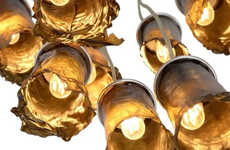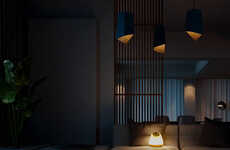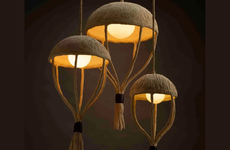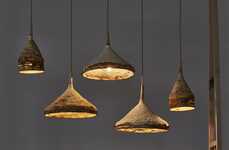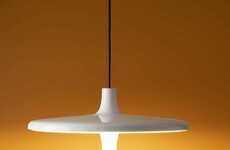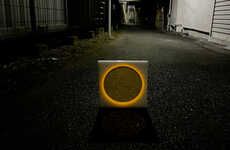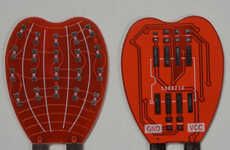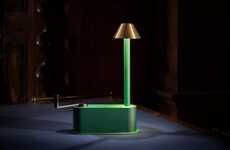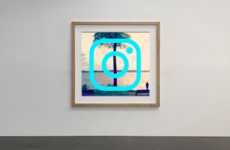
Teresa van Dongen's 'Spark of Life' LED is Powered by Live Bacteria
References: teresavandongen & dezeen
Dutch designer Teresa van Dongen has developed an LED pendant lamp called 'Spark of Life' that gets fed power from an unexpected source. Rather than drawing from an AC or DC power source, the pendant lamp needs to be literally fed to emit light -- thanks to its implementation of electrochemically active bacteria.
The bacteria in Spark of Life are found in nature. When these special bacteria clean waste water, their metabolic process naturally emits a small electrical current. With enough of them together, this current can power low-energy appliances like LEDs.
Spark of Life requires no external power source in order to emit light. Rather, consumers just need to fill its four bacterial compartments with a teaspoon of acetate every two weeks and fresh water every month.
The bacteria in Spark of Life are found in nature. When these special bacteria clean waste water, their metabolic process naturally emits a small electrical current. With enough of them together, this current can power low-energy appliances like LEDs.
Spark of Life requires no external power source in order to emit light. Rather, consumers just need to fill its four bacterial compartments with a teaspoon of acetate every two weeks and fresh water every month.
Trend Themes
1. Electrochemically Active Bacteria - The implementation of electrochemically active bacteria as a power source for LED lights creates disruptive innovation opportunities in sustainable lighting technology.
2. Microbial Energy Generation - The use of microbial energy generation in lighting solutions opens up disruptive innovation opportunities for energy efficiency and off-grid lighting applications.
3. Self-sustaining Lighting Systems - The development of self-sustaining lighting systems that rely on biological processes presents disruptive innovation opportunities for reducing energy consumption and promoting environmental sustainability.
Industry Implications
1. Lighting - The lighting industry can explore disruptive innovation opportunities by integrating electrochemically active bacteria as a renewable power source for LED lights.
2. Renewable Energy - The renewable energy industry can leverage microbial energy generation to develop innovative and sustainable power solutions for various applications, including lighting.
3. Environmental Technology - The environmental technology industry can capitalize on self-sustaining lighting systems powered by bacteria to provide eco-friendly lighting solutions and reduce the environmental impact of traditional power sources.
5.7
Score
Popularity
Activity
Freshness


